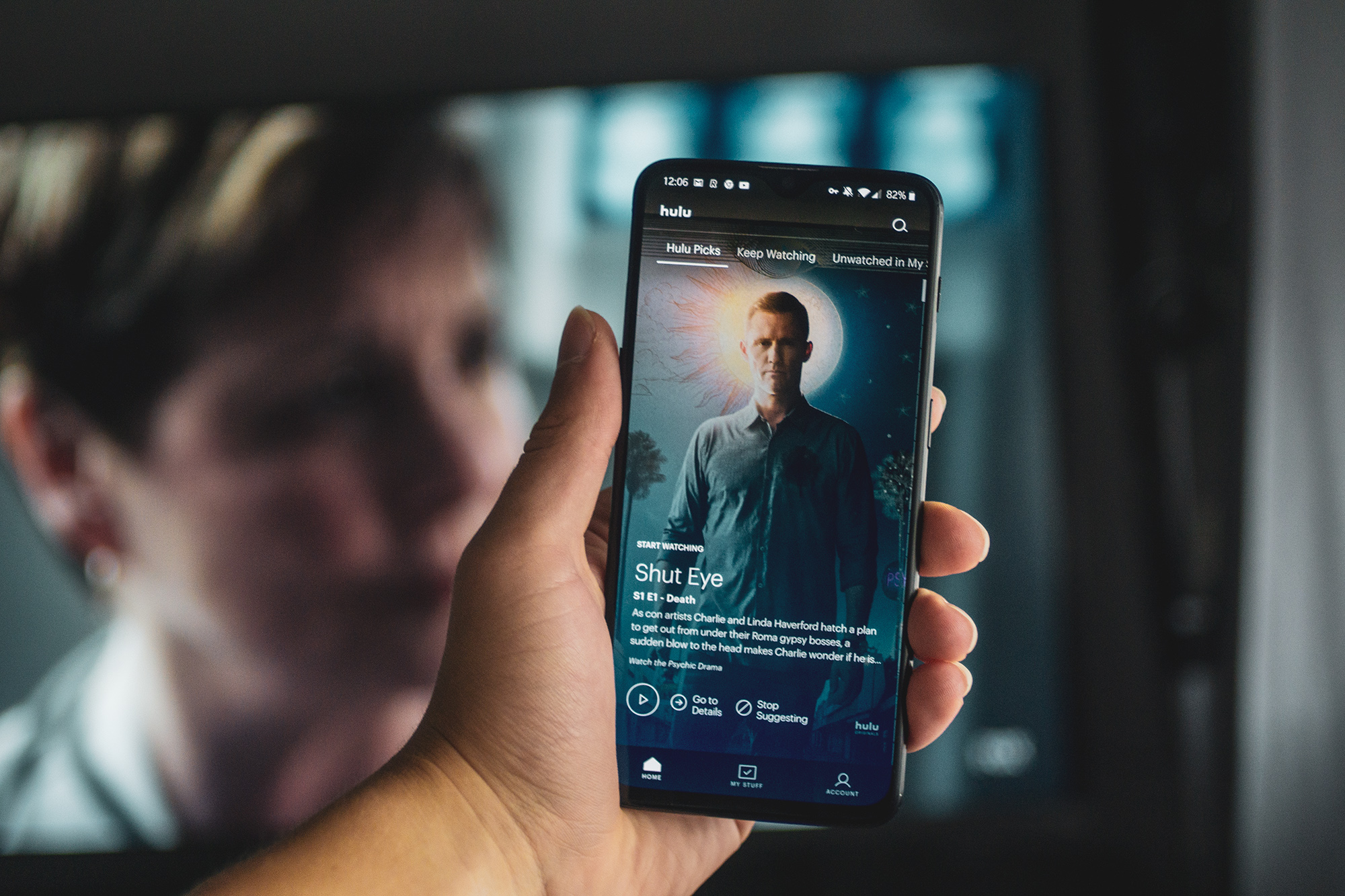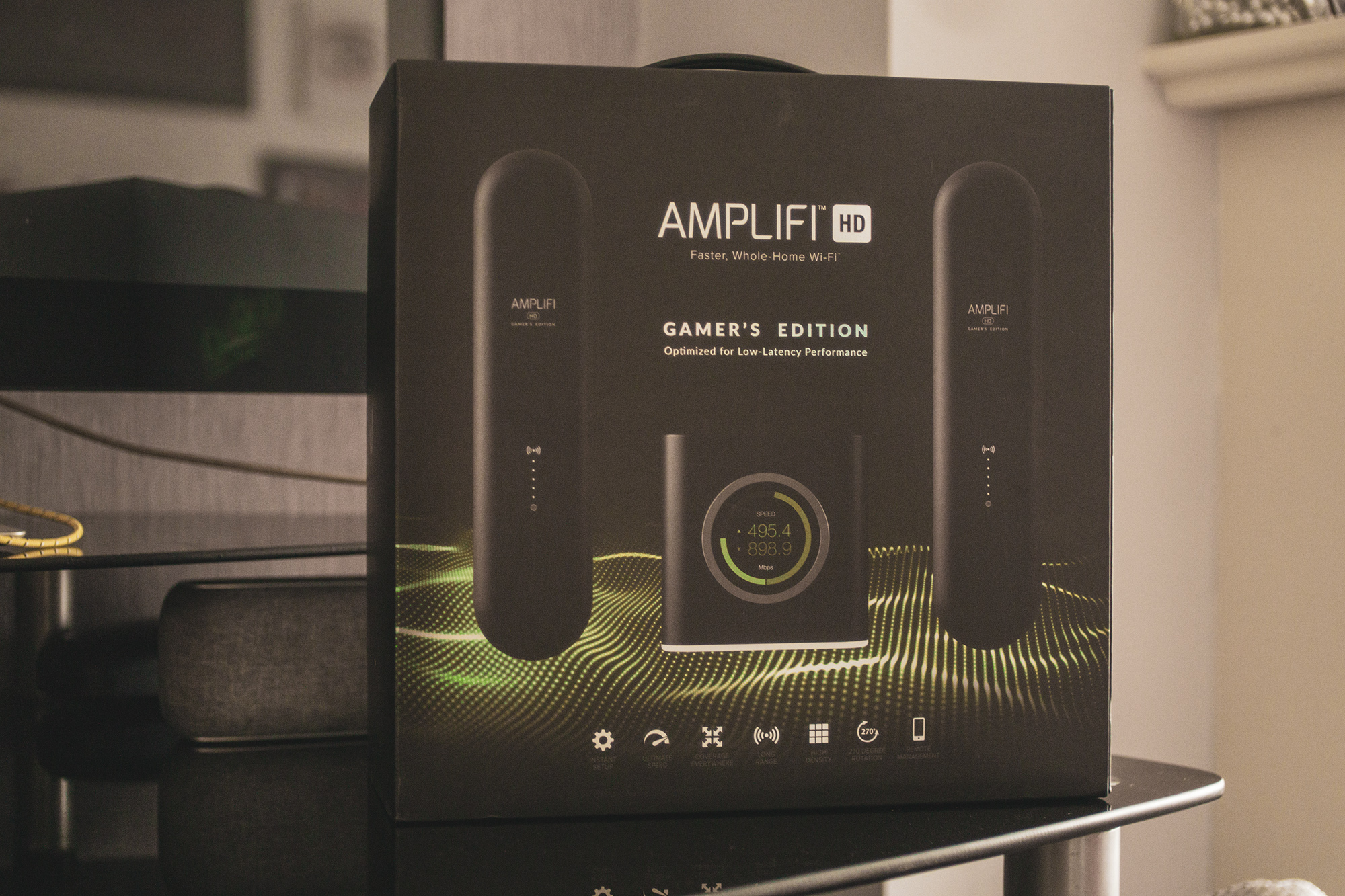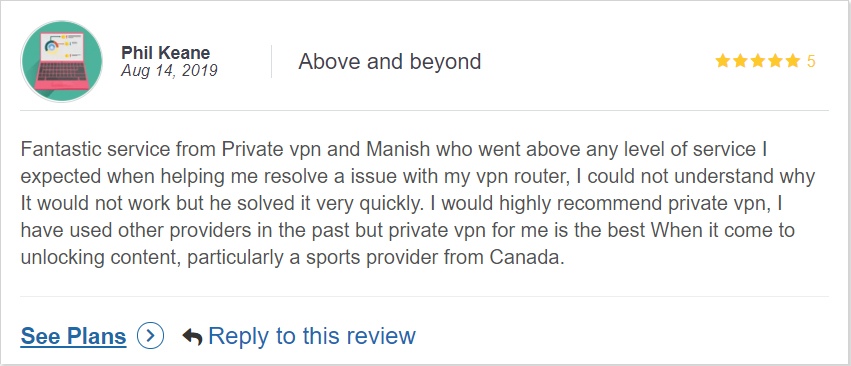If you ever had an issue using a certain entertainment platform with a VPN because the device you wanted to use didn’t support VPN services, the good news is that you can solve that issue if you install a VPN on a router.
The not so good news? That there are some clear disadvantages of installing a VPN on a router. We’ll talk through before going through how to install a VPN on a router which isn’t that complicated, yet tends to be due to the fact that most guides on this topic tell you to configure your router but don’t walk you through the steps of how you do that.

Get two routers.
By connecting a router to a router, the main connection can be without a VPN, meanwhile the secondary, with a VPN.
That way, you can have the freedom of choice over whether you are connected to a VPN on a router or not. Freedom that you do also have with just one router, except, having two routers makes the process of switching a matter of seconds rather than minutes.
Routers have improved tremendously over the years and are far simpler to use today than 10 years ago. With that said, other than Amplifi (which doesn’t support VPNs at this moment) routers, there aren’t any options that are super convenient to use so it’s still not as simple as it could be and a lot of the steps will differ.

To make it easier for you, we’ll walk you through how to install a VPN on a router with the most universal steps, while linking to more specific guides we have on our sites that will contain the specific settings and extra pieces of information that you might or might not need.
Based on the fact that most households have factory router passwords, it’s safe to assume that most people never logged into their routers prior.
If this is your first time ever to do so, you should look around all your settings as factory settings often aren’t adjusted for the best performance for your specific needs which can influence the performance, not in your favor.
How do you log into your router? You need your IP address. You can find it on a sticker on your router, or you can just go to privatevpn.com where your IP address will be seen on the top — provided that you aren’t connected to a VPN at this given time. Just copy it and then paste it into your web browser. After you do that, login. Your password should be on the sticker of your router.
If you are having issues logging in, try using your current network password or otherwise reset your router to factory settings and then try using the password on the sticker of the router.
The biggest issue with guides about how to install a VPN on a router is that they don’t actually tell you how to do it. After all, there are a lot of different routers out there, but most of the setup aspects are very similar to each other, and we’ll cover them below.
That’s not everything that you need to do, and the order might differ, but that’s where are more in-depth guides come in that don’t just cover OpenVPN, but also the likes of PPTP, and platforms like Tomato.
We mentioned that one of the cons or negatives of installing a VPN on a router is speed which you might or might not have issues with depending on your router.
As far as entertainment goes, the bigger issue is what services the VPN you are using works with.
See, it’s not as simple as connecting to an American server and watching American Netflix. We wish it was as then it would be possible to unblock every single service in the world with a click of a button.
However, in order to access American Netflix, you need a server that supports American Netflix. Same for BBC iPlayer, ESPN+, Hotstar and just about every other service out there.
Why? As companies that don’t have rights to show content everywhere need to make efforts to prevent people from the locations where they can’t show content, from accessing that content. As a result, a lot of VPN servers often don’t work with entertainment platforms.
That’s something you need to know if you want to install a VPN on a router.
And that’s also something that PrivateVPN tackles by focusing on quality over quantity. Fewer servers but more servers that work. The result? The most Netflix regions supported on the market as well as support for all major entertainment platforms that you can read all about on our site.
You can try it out yourself with our 7-day risk-free trial. Just create an account, and you are good to go.

Installing a VPN on a router has its pros and cons, but for those that need to install a VPN on a router, it’s doable provided you have a router that supports VPN services.
Found this useful? Make sure to check out our blog for other useful guides, whether it’s safety or entertainment.
Written by Michael Smolski.